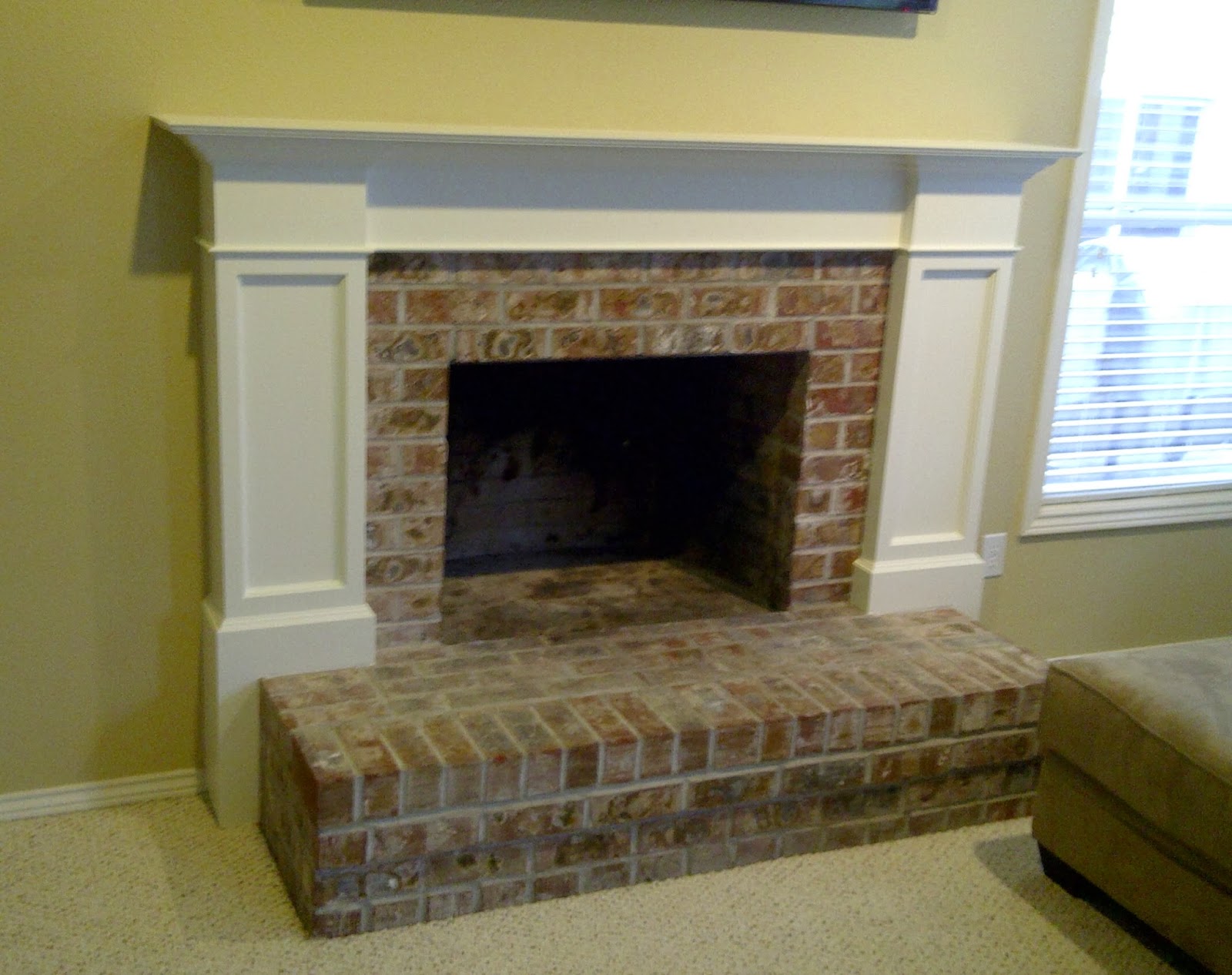Windows are not often the first things that come to mind
when you are considering updates to your house. Typically, you may feel a need
to update something that you interact with more often, such as a kitchen or
bathroom sink, oven, or shower. Windows, however, play a large role in the
value and energy efficiency of your home and should never be overlooked when
considering updates or remodels to your house. Windows, much like your roof or
siding, sometimes need repairs or replacing to maintain their function and efficiency.
There are some obvious warning signs that you are in need of
replacement windows. The first, and most important, is a difficulty in opening
or closing a window all the way. A window that does not close all the way will
leak energy and may fail to lock, leaving your house open to break-ins. Windows
that are difficult to open can end up being a fire hazard in rooms that don’t
contain a door leading to the home’s exterior. Make sure all of the windows in
your house can open and close smoothly, and can be locked tightly.
Perhaps one of the most obvious signs that you need a window
repair or replacement is a draft blowing through your home. Not only does a
draft indicate a major energy leak, but also a severely damaged or inefficient
window. A draft in your house can signal a need for both replacement windows
and replacement doors, so be sure to check both if your house is feeling windy.
The draft can be caused by gaps in the window’s fixture or a damaged seal. One of the main purposes of owning a house is
to protect us from the elements, and inefficient or broken windows diminish our
home’s ability to do so.
If you have multi-pane windows and you notice condensation
forming between them, you should consider replacement windows. The condensation
occurs when the seals of your windows are failing. Because the seal is no long
doing its job, moisture may enter and form condensation, indicating that the
window is no longer effectively keeping out cold air. Often times you will
notice a white film left behind by calcium deposits from condensation, another
sign that the seal has failed. If you notice any of these signs, you should
immediately replace the window as it is no longer effective at keeping out cold
air.
If you feel that one or more of your windows is ugly, or
doesn’t fit with how you want your house to look, that is a perfectly
acceptable reason to go about looking into replacement windows. Sometimes people
will replace their windows just because they don’t like the way that they open,
or want a different style. There is nothing wrong with changing a component of
your house just because you don’t like the way it looks or operates.
Replacing windows can be a big commitment in both time and
money, but it is almost always a worthwhile investment. Windows that are drafty,
not functional, or just plain ugly are not doing their job. Not only can bad
windows cost you money, but they can also be a hazard; so be sure you take
action immediately if you find yours are showing some of the aforementioned signals
that they need to be repaired or replaced.











